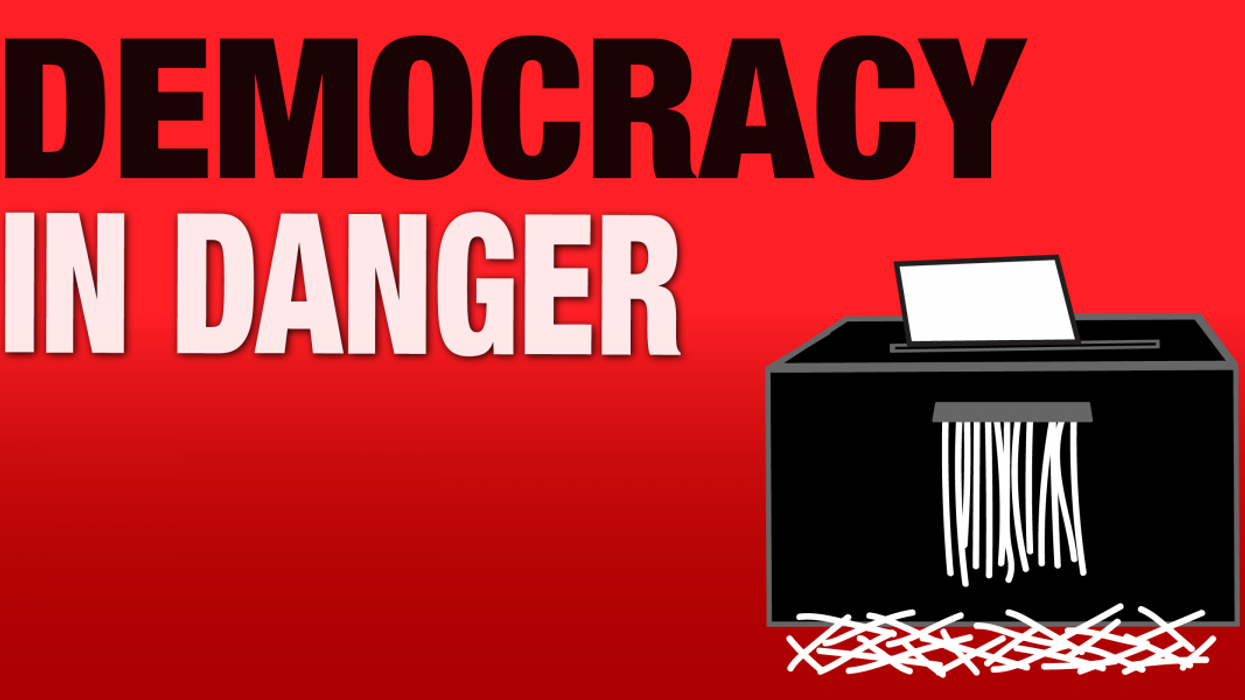The high court’s conservatives insist that strict readings of the U.S. Constitution have compelled them to strike down popular policies like abortion rights and campaign finance limits. Well, legal expert Christopher Sprigman has some news for these robed rogues. Buried in the law of the land is the key to reining in the federal judiciary. All Congress has to do is act, he says. And all the people have to do is demystify the courts — stripping them of an imperious aura they’ve too long enjoyed.
Podcast: The justices have no robes





















